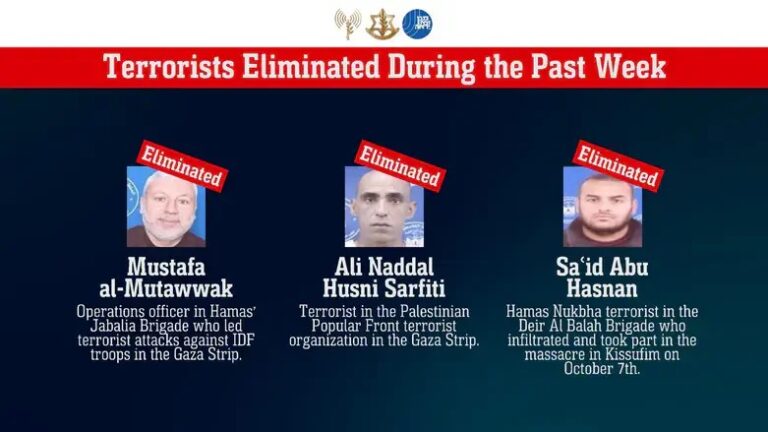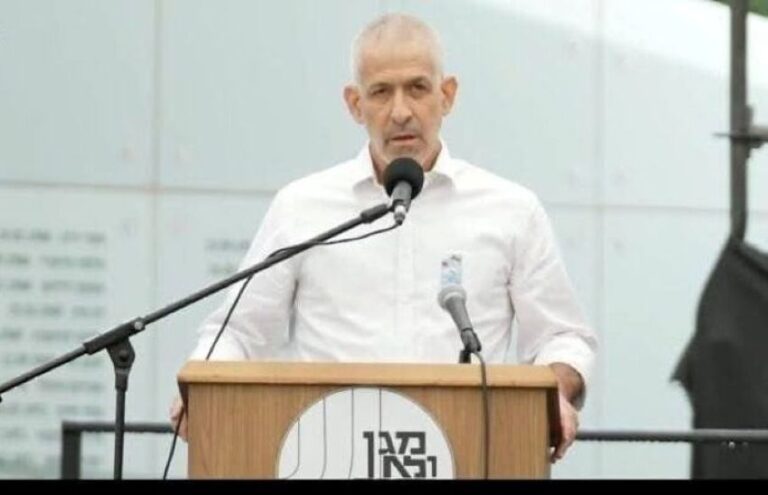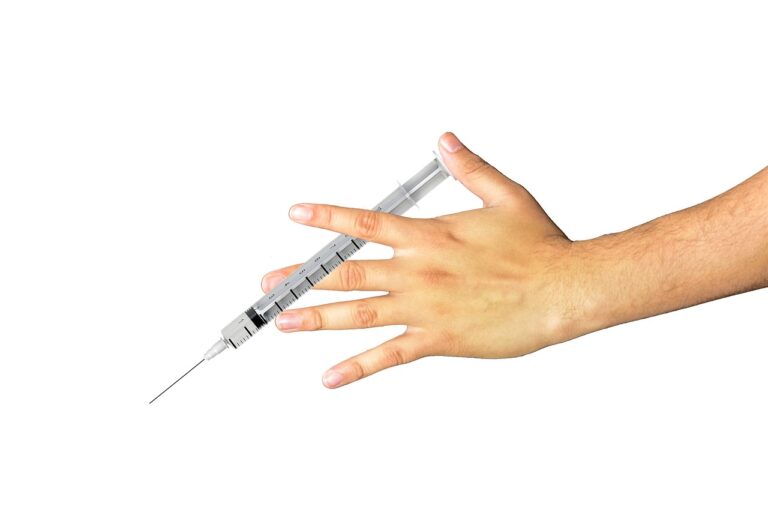 The U.S. government said on Monday it had ordered the suspension of some housing foreclosures in areas hit by megastorm Sandy and would help find hotels and motels to temporarily house some 34,000 people displaced by the storm.
The U.S. government said on Monday it had ordered the suspension of some housing foreclosures in areas hit by megastorm Sandy and would help find hotels and motels to temporarily house some 34,000 people displaced by the storm.
“We don’t want families to be victimized twice – once by the storm and once by a foreclosure,” Housing and Urban Development Secretary Shaun Donovan told reporters on a conference call.
Donovan said he directed all Federal Housing Administration lenders to impose a moratorium on any foreclosures for 90 days in disaster-affected areas. The FHA backs about a third of all new mortgages in the United States.
Sandy slammed into the East Coast on Oct. 29, hitting New Jersey and New York especially hard as it killed more than 100 people. Thousands of homes were destroyed or damaged.
The Housing Department also said some 34,000 people displaced by Sandy in New York and New Jersey are eligible for short-term government-paid lodging such as hotels and motels.
With the weather getting colder, the U.S. government is trying to get disaster victims out of shelters and into hotels and motels while it searches for longer-term solutions, such as rental apartments.
The hotel and motel rooms will be paid for by the government under the Federal Emergency Management Agency (FEMA) program for temporarily sheltering people, called Transitional Shelter Assistance.
This is not the same program that supplied FEMA trailers after Hurricane Katrina hit New Orleans in 2005. The trailers traditionally have been considered more of a last resort, for disaster victims whose needs cannot be met through home repair or rental units, the Congressional Research Service said in a report about Katrina.
The U.S. government also is trying to rush rental assistance to Sandy victims who qualify, Donovan said. More than 32,000 applicants have been approved for expedited rental assistance for a total so far of $95 million in aid, he said.
Donovan did not say how many of the 34,000 people eligible for the government-paid hotel and motel rooms lived in New York and how many in New Jersey.
New York Mayor Michael Bloomberg said on Sunday that an estimated 30,000 to 40,000 people in New York City alone were in need of shelter, including 20,000 in public housing.
ROOM SERVICE NOT COVERED
FEMA’s website says disaster survivors may be eligible to stay in hotel or motel lodging “for a limited period of time” and have the cost of the room and taxes covered by FEMA. Food and charges for telephones, room service and other amenities are not covered.
At the peak of the program’s use after Katrina, 85,000 households were in hotels across the country in October 2005, the Congressional Research Service said.
Hotels volunteer to participate in the program and FEMA has hired a contractor, Corporate Lodging Consultants, to help displaced people find the right hotel.
They will consider factors such as where a person works, where children attend school and other relevant information, a FEMA official said.
The government pays the same room rate to hotels that the government pays for federal employees on business, as set by the General Services Administration, a FEMA official said. These costs are shared between the federal and state/local governments on a 75/25 percent basis.
In the case of New York City this could be quite pricey. The GSA pays $295 a night in November and December for federal employees on business in hotels in the boroughs of Manhattan, Brooklyn, the Bronx, Queens and Staten Island.
Atlantic City, New Jersey, is cheaper with a per diem rate of $96, according to the GSA website.
FEMA Administrator Craig Fugate, in the conference call with Donovan, said he was not familiar with the hotel rates that would be paid.
(Reuters)










